When mass tourism reached the Canary Islands in the 1960s, someone put forward a revolutionary thesis: “Tourism can be beautiful.” César Manrique, painter, sculptor and visionary, changed the fate of Lanzarote. He wanted visitors to experience the beauty of the island without destroying the landscape through mass tourism or inappropriate architecture. In the middle of the black lava field, surrounded by low stone walls and barren fields, stands the Monument to the Farmer. With this monument, Manrique honors the farmers who produced food despite the most adverse conditions on the barren volcanic island.
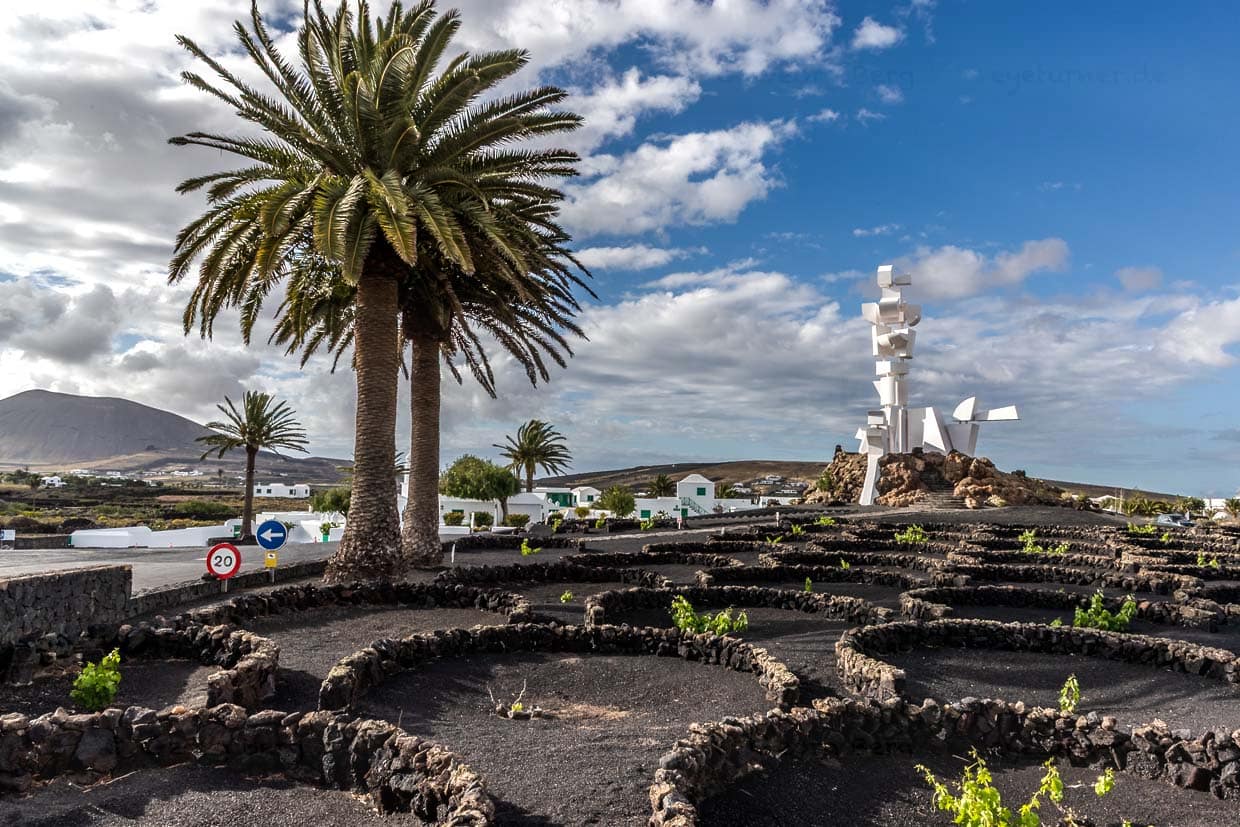
Manrique’s legacy is visible everywhere: the white houses with green, blue or brown shutters, no building taller than a palm tree, a ban on billboards. His works of art show how man and nature can harmonize without destroying each other. He returned to Lanzarote from New York in 1966 to protect his homeland from mass tourism. His commitment to sustainable tourism and respectful architecture still characterizes the island today. 30 years after his death, Lanzarote is a UNESCO biosphere reserve.
Water from nowhere – the art of survival
Water was long a scarce commodity. Before seawater was desalinated, the inhabitants counted every drop. They collected rain over white lime surfaces in cisterns. Even cooking water was passed between neighbors – not for watering, but for cooking again.
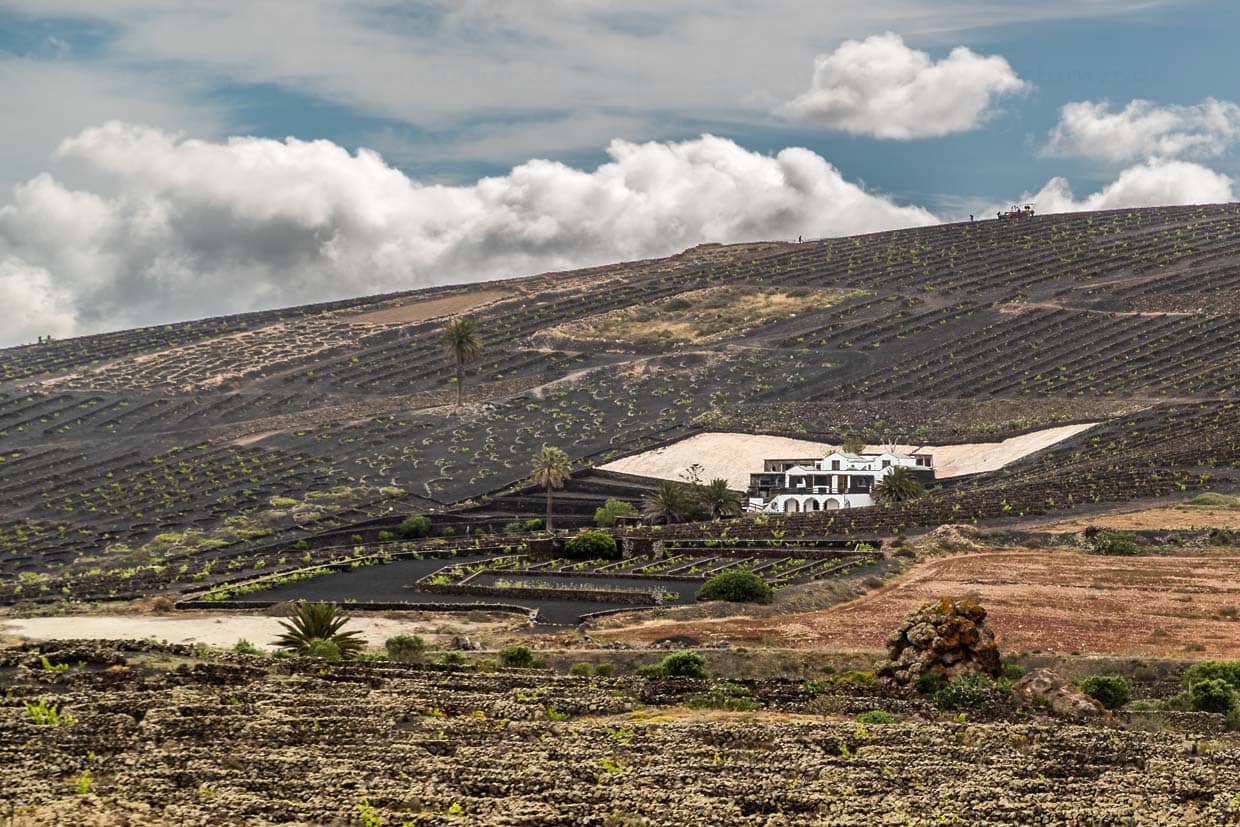
The ingenious Enarenados – vineyards where each vine is protected from the wind in a stone hollow – come from the Berbers. From the Normans, the systematic cistern economy. Every house became a rain trap, every drop collected in cisterns. Water collection areas behind farmhouses demonstrate Manrique’s principle of harmonious integration: Architecture must cooperate with nature on Lanzarote.
Today, Lanzarote operates modern seawater desalination – unfortunately mostly with diesel generators, although the island has enormous wind power potential and plenty of sunshine. Only around a fifth of the electricity comes from renewable sources. With political will, a new chapter could be added to the sustainable strategy for the future.

Agriculture in volcanic sand

In La Geria, Lanzarote’s famous wine-growing region, you can see how farmers have been making a virtue out of necessity for centuries. The landscape is dotted with thousands of small craters of black lava ash, surrounded by crescent-shaped stone walls. The secret is called Picón: porous, black volcanic sand that stores the night-time moisture from the trade winds. It cools the soil and makes it possible to grow Malvasía Volcánica wine on an island without rivers.

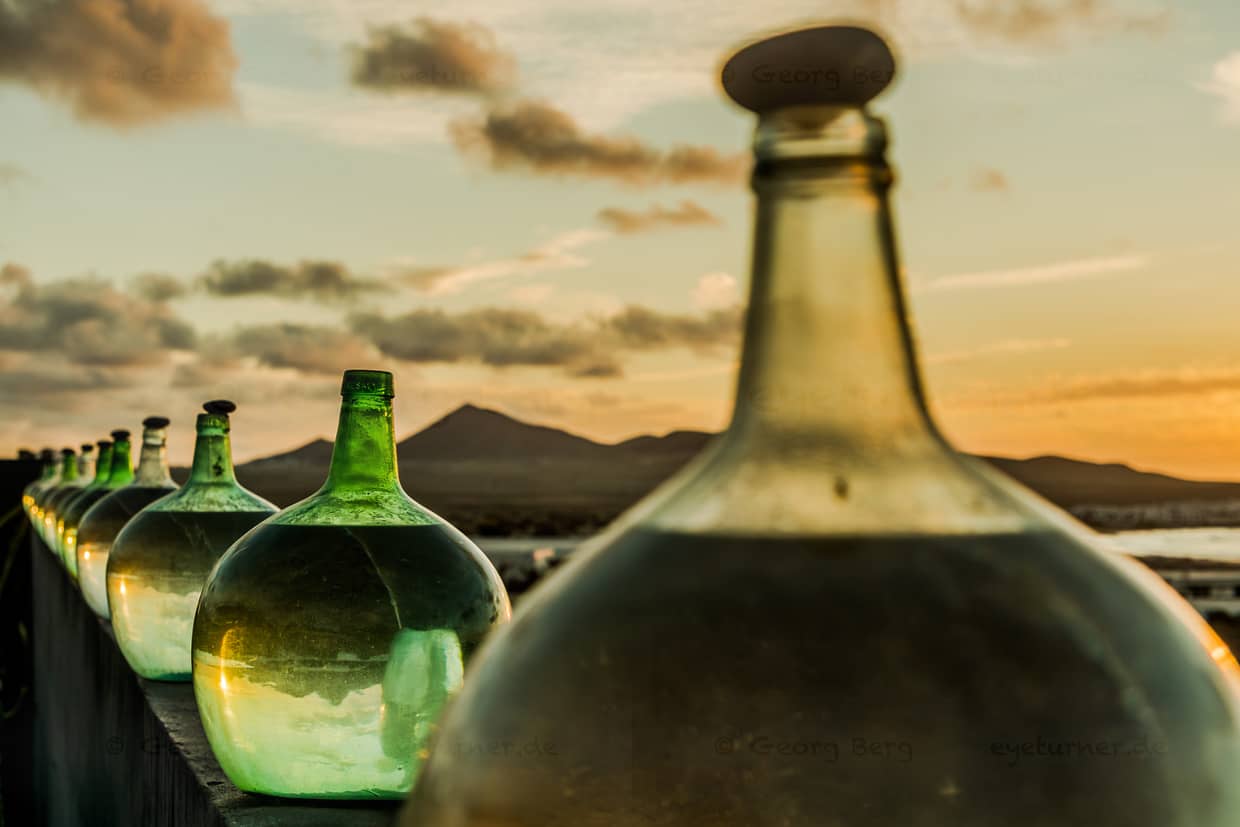
Red gold from cacti – the cochineal revolution
The cochineal louse, bred on Opuntia cacti in Mexico since the 16th century, provided the most sought-after red dye in the world. Spain controlled the market for carmine red, which was used to dye royal robes, cardinals’ robes and later even lipsticks. For two centuries, Lanzarote became the monopolist for this red gold – until synthetic dyes changed the industry. You can still see the terraced cactus fields everywhere today, silent witnesses to a time when a barren volcanic island dominated the European luxury market. Until 2006, the color in Campari still came from the Canary Island scale insect.
Today you can still buy souvenirs made from cochineal on Lanzarote, such as natural lipsticks and cosmetic products that use this sustainable dye. This keeps a long tradition alive on a small scale and combines agriculture with local craftsmanship.
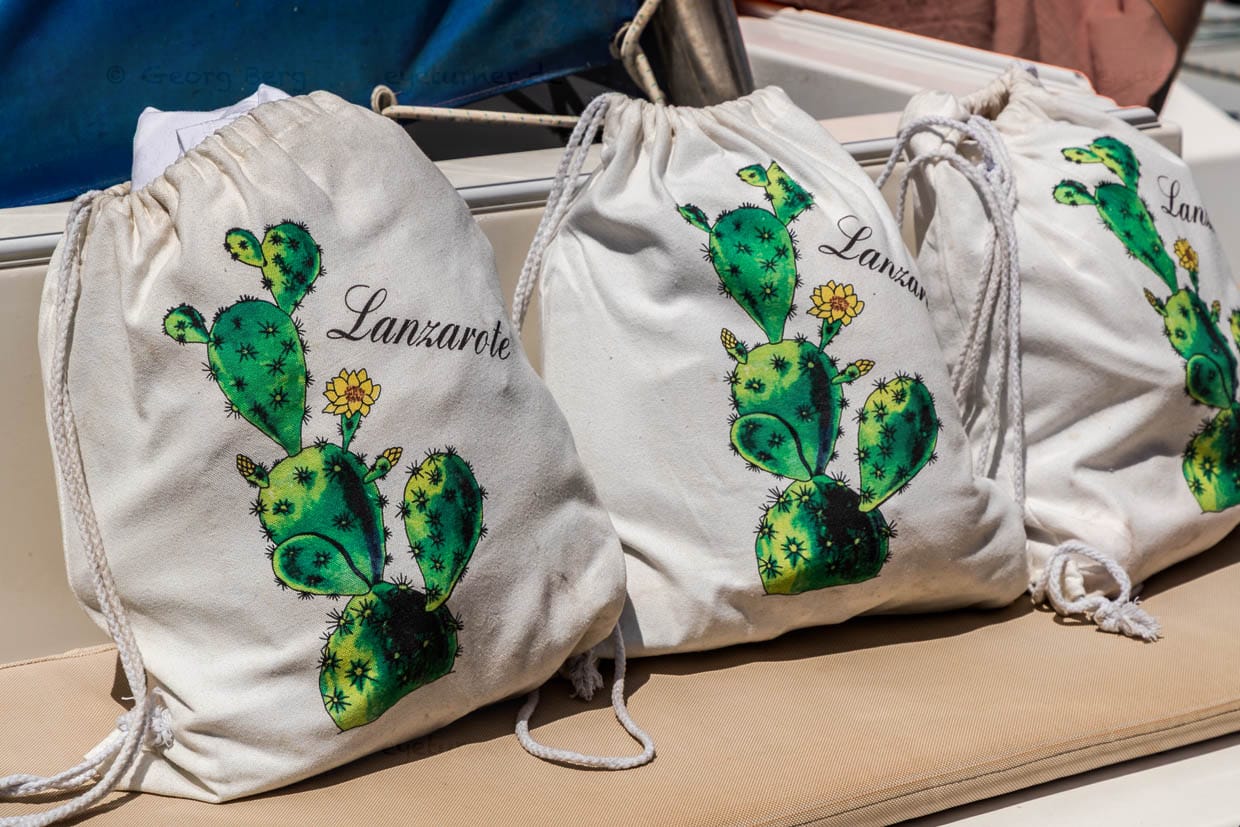
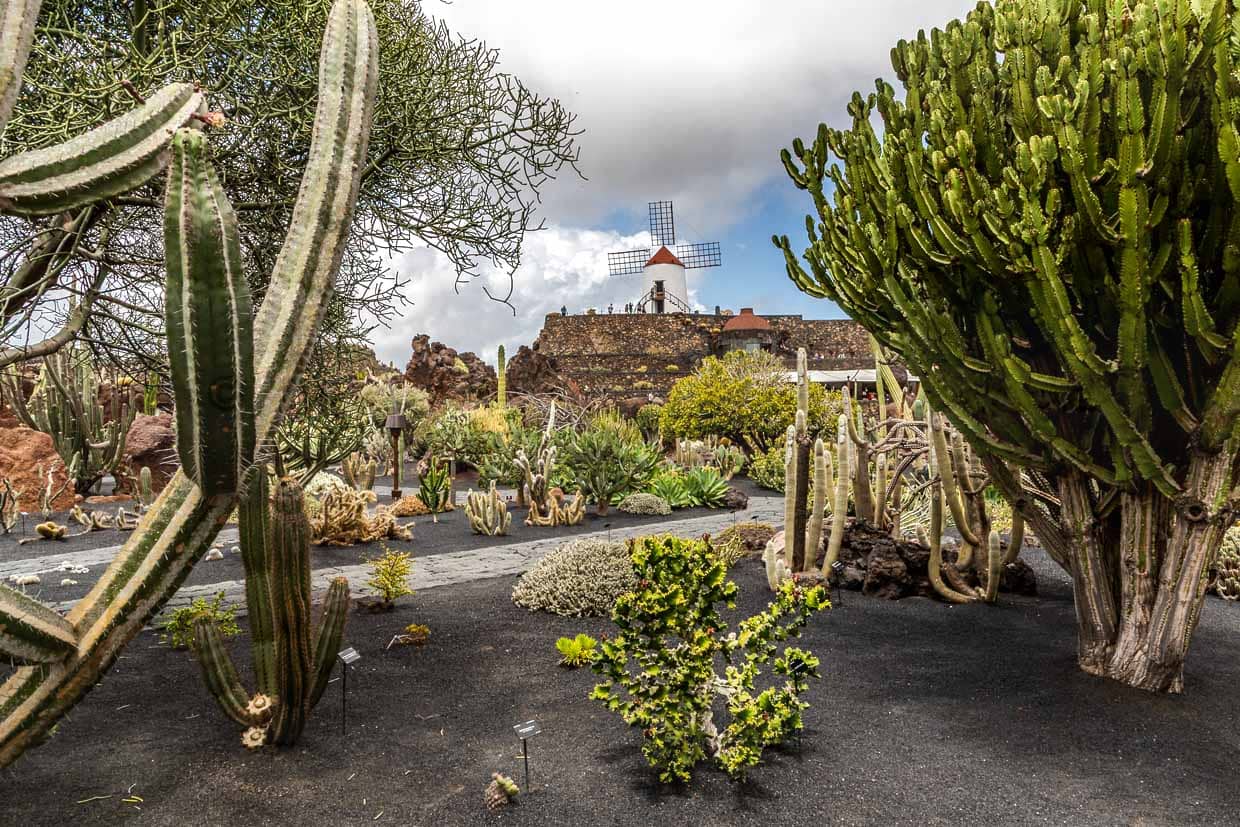
César Manrique: artist and guardian of the island
Manrique enforced clear rules: whitewashed houses, discreet advertising signs, shutters in green, blue or brown – colors that symbolize agriculture, fishing and crafts. He combined art and nature in a unique way: In his foundation, visitors hike through lava caves; in the Jameos del Agua, he transformed a volcanic tube into a concert hall and restaurant; from the Mirador del Río, there are spectacular views over the Atlantic Ocean and the island of La Graciosa.

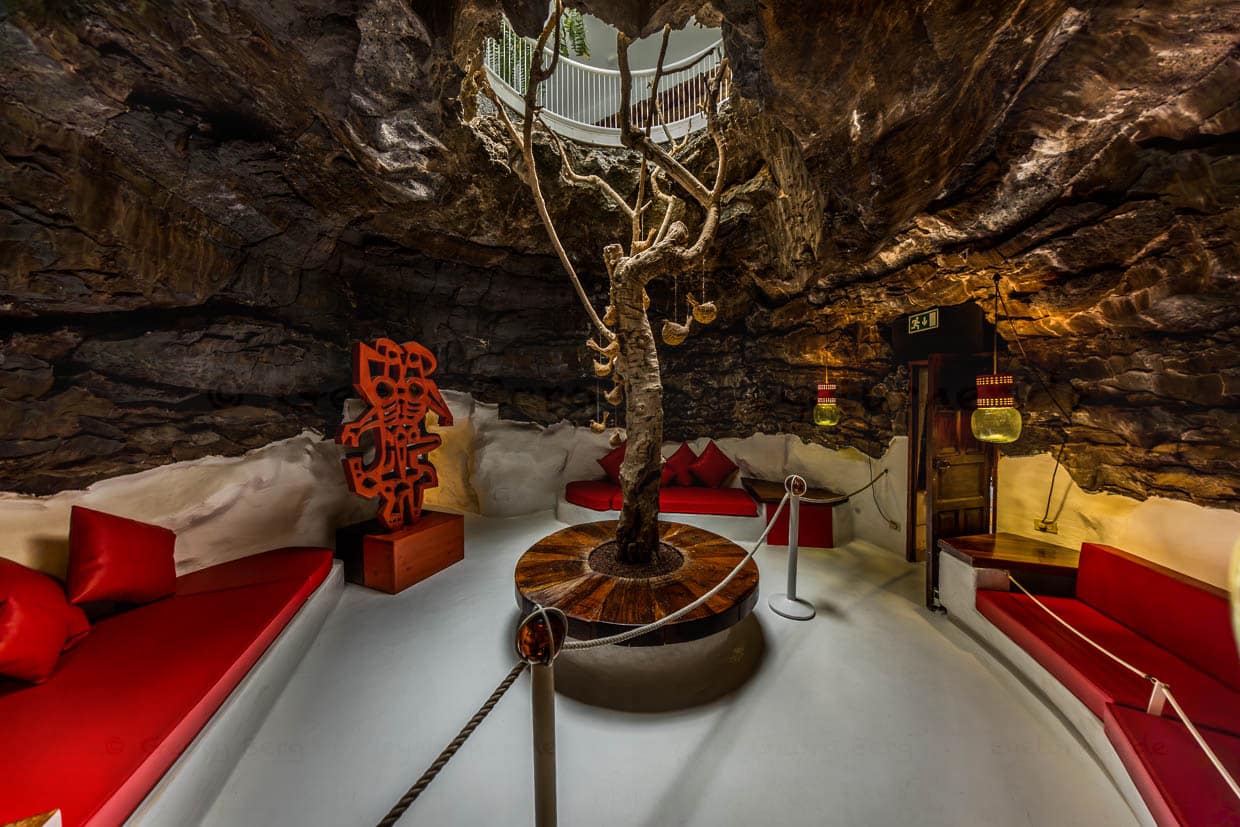
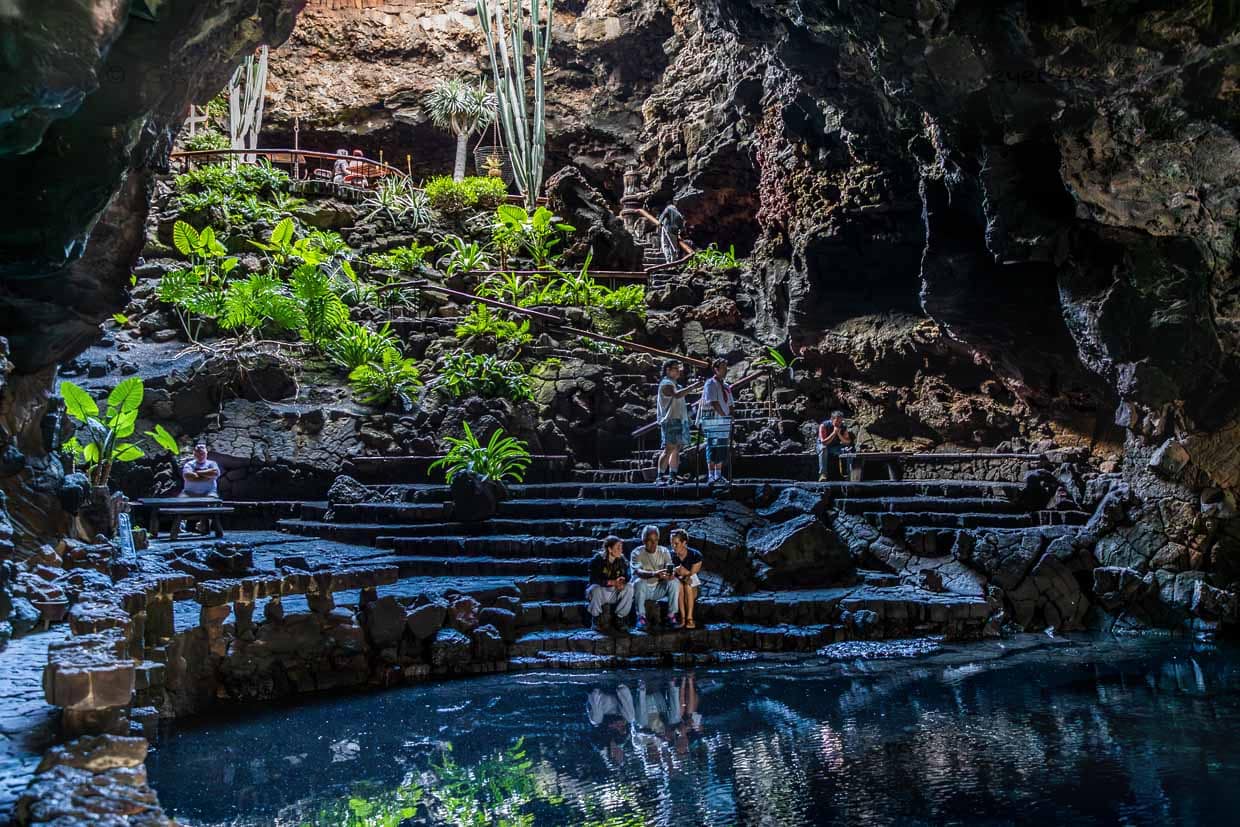
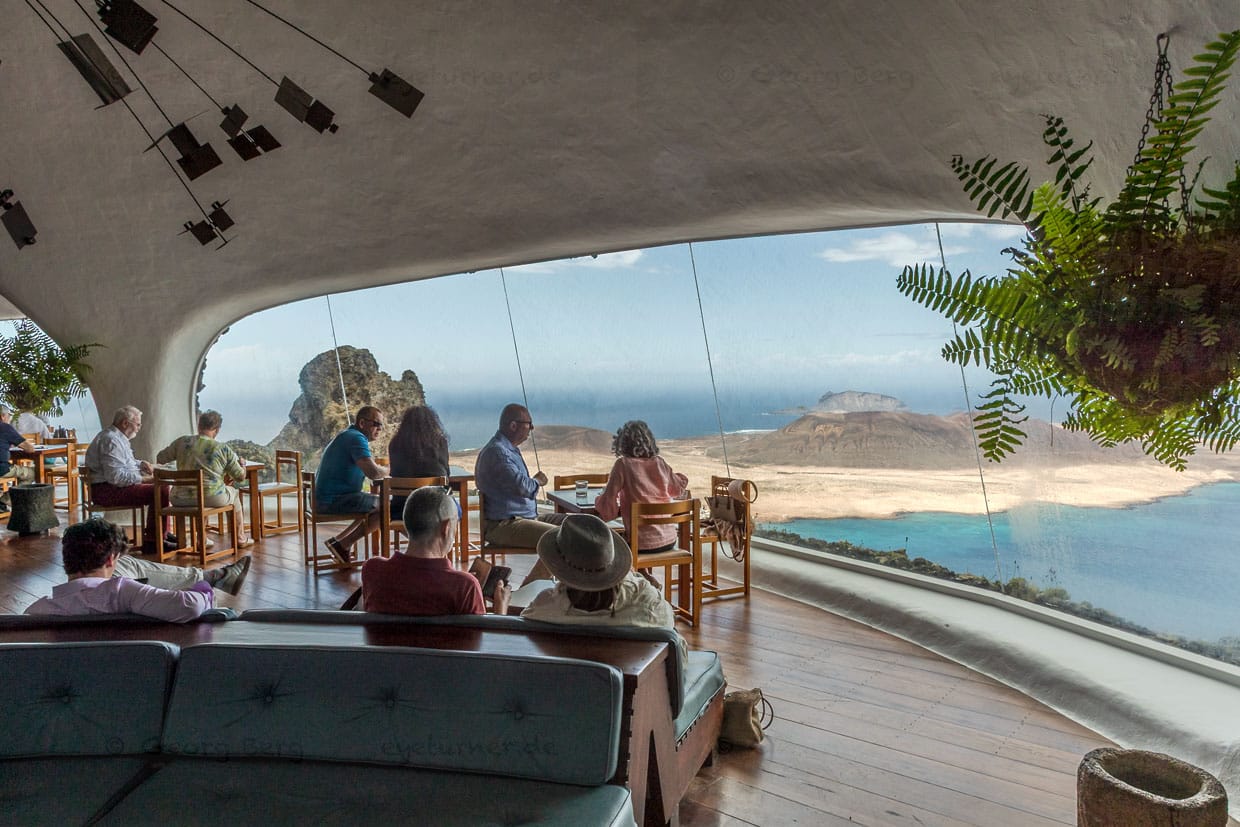
Volcanic heat in Timanfaya National Park
In six years between 1730 and 1736, numerous volcanic vents opened and lava flows buried around a quarter of Lanzarote’s island surface, destroying entire villages and permanently changing the landscape. Only coaches are allowed on the road through the national park. However, a guided hike along a 12-kilometre route is worthwhile to get an idea of where farmers once had to rebuild their livelihoods.
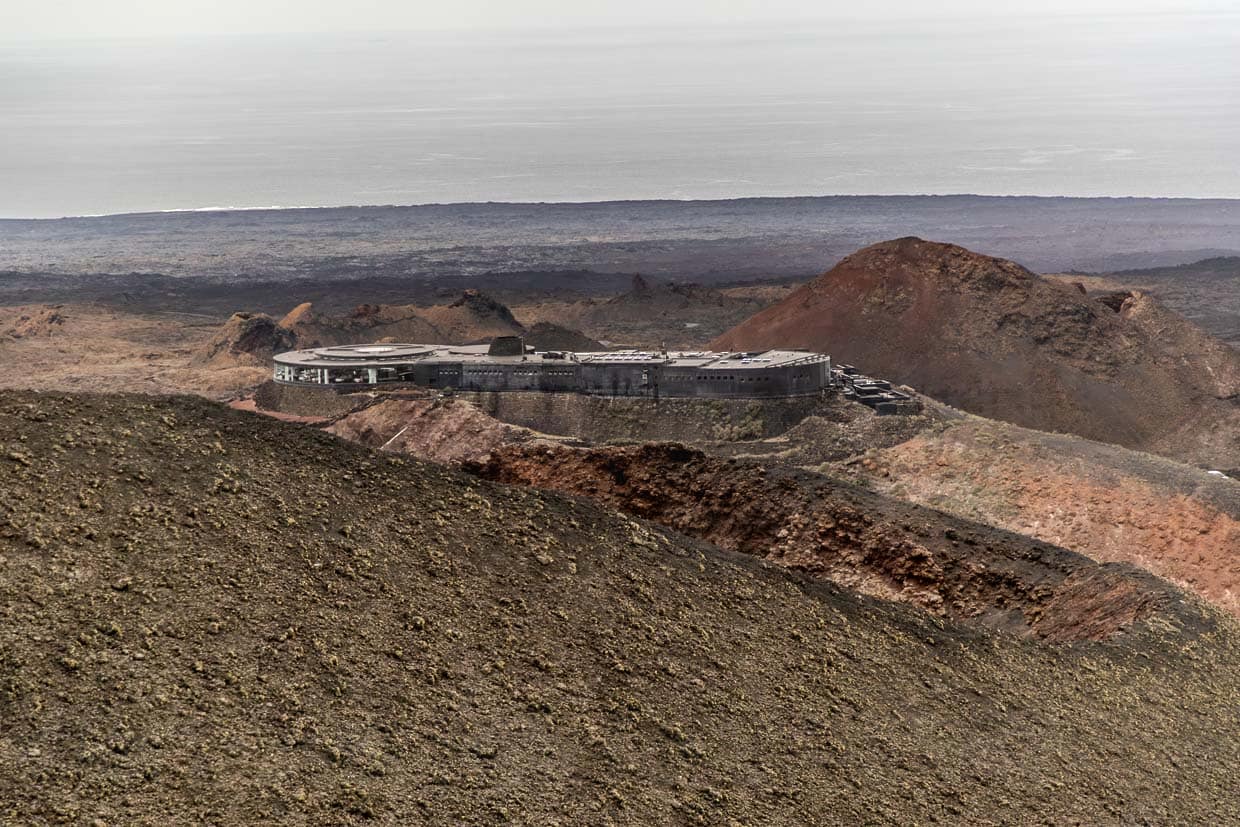
The fire mountains of Timanfaya are more than just spectacular photo motifs. They are a lesson in resilience. Where NASA astronauts once rehearsed moon landings, timid lichens are growing again today. Nature is returning – just very, very slowly.
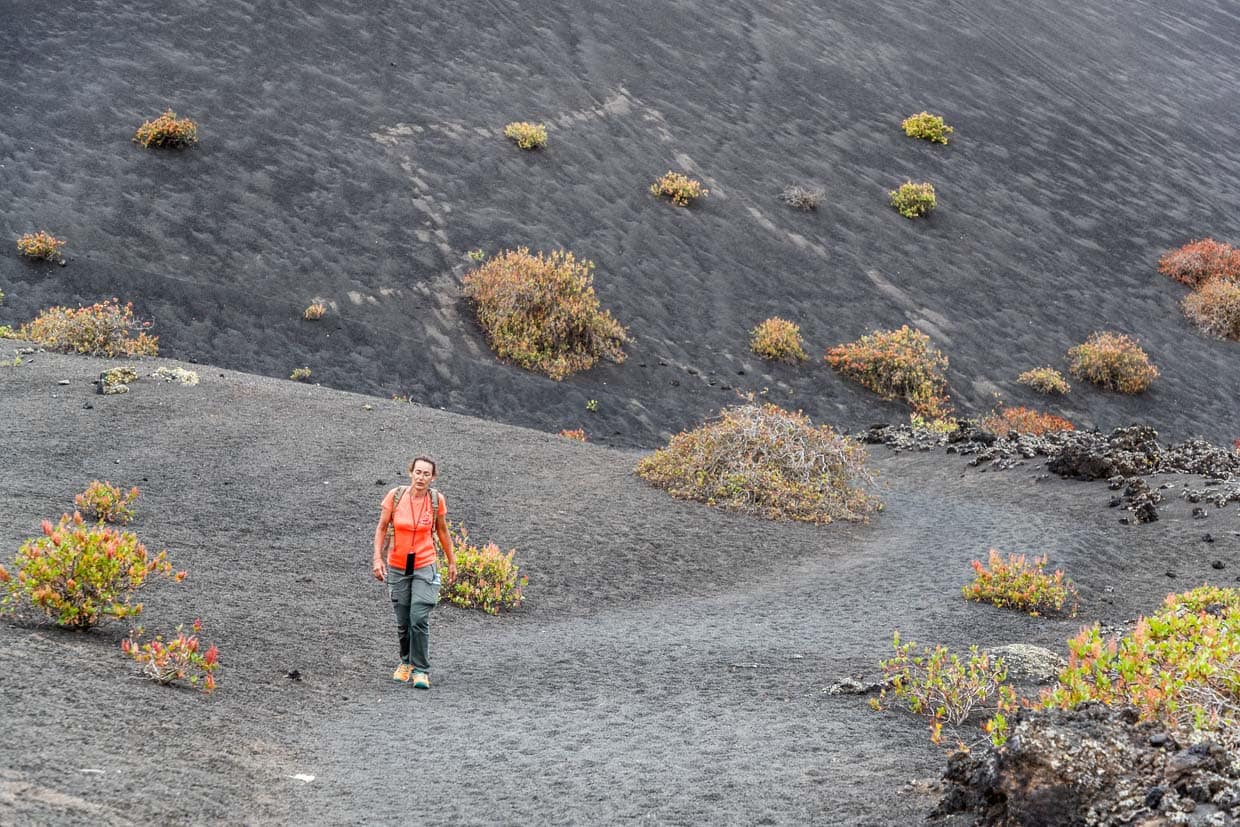
In Timanfaya National Park, you can still feel the volcanic energy up close today: rangers pour water into fissures in the earth, from which hot steam shoots out seconds later. You can even barbecue over volcanic heat here.
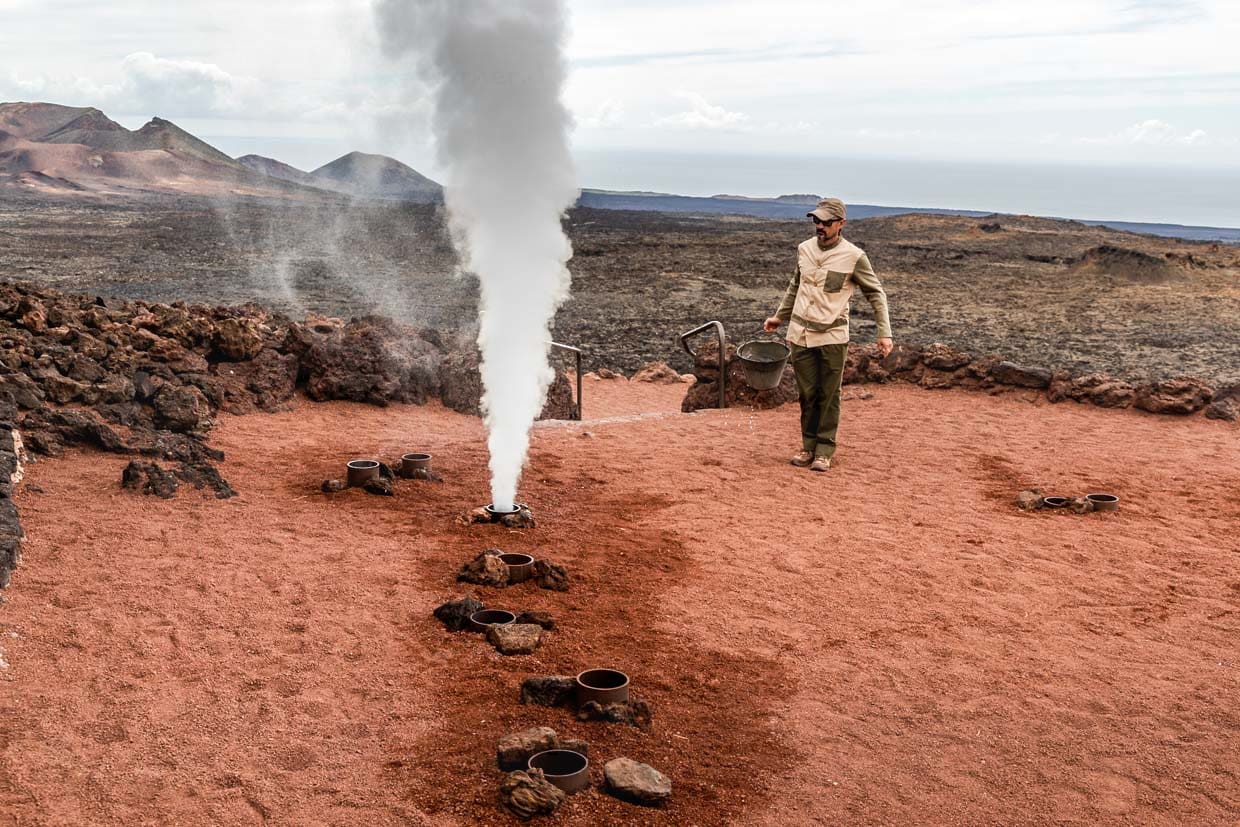
Get to know Lazarote actively
You don’t just travel to Lanzarote to be pampered. The rugged Canary Island is ideal for all kinds of active vacations. It doesn’t necessarily have to be the Ironman, which on Lanzarote has a reputation for being tougher than in Hawaii. E-bike tours have become one of the most popular ways to explore Lanzarote for the less ambitious. They allow you to negotiate the steep off-road passages without missing out on the nuances of the landscape. The island is small enough to fully experience, but varied enough for all levels. Professional teams use Lanzarote as a winter training camp.
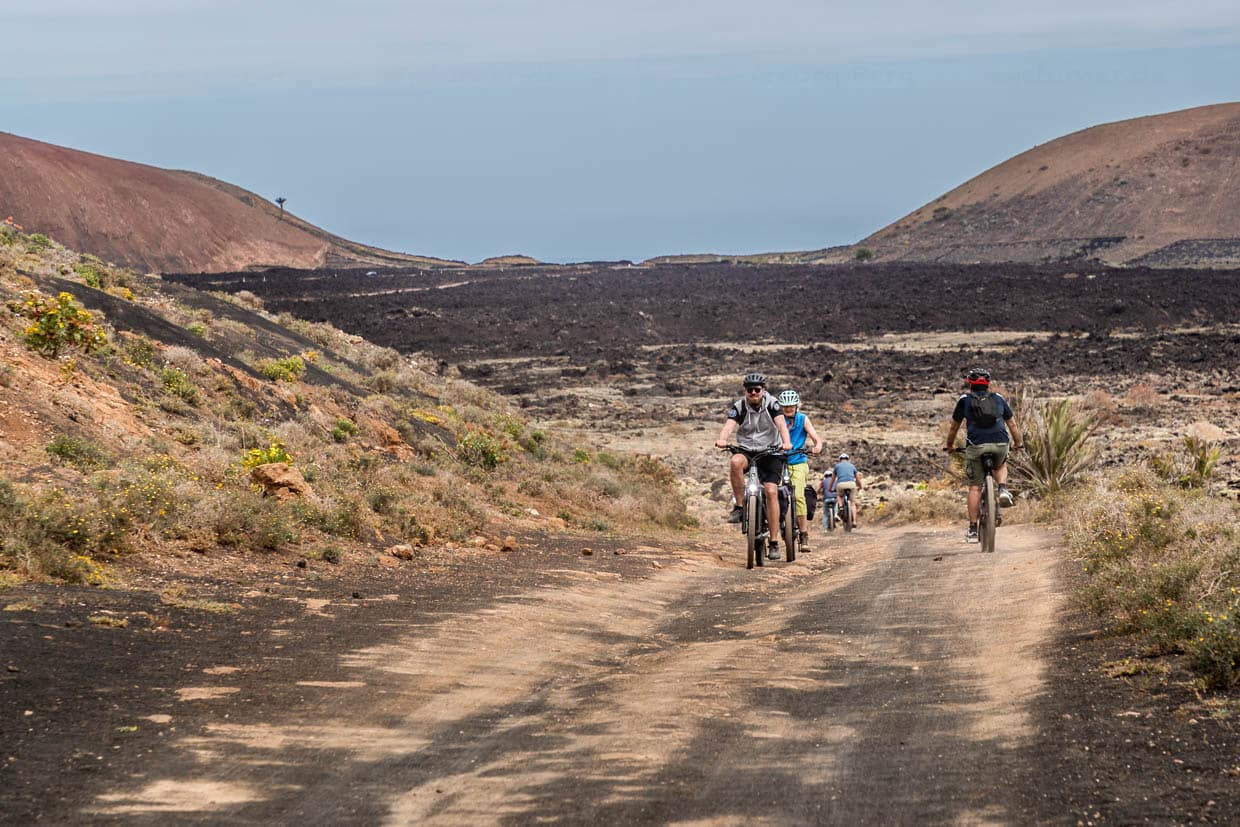
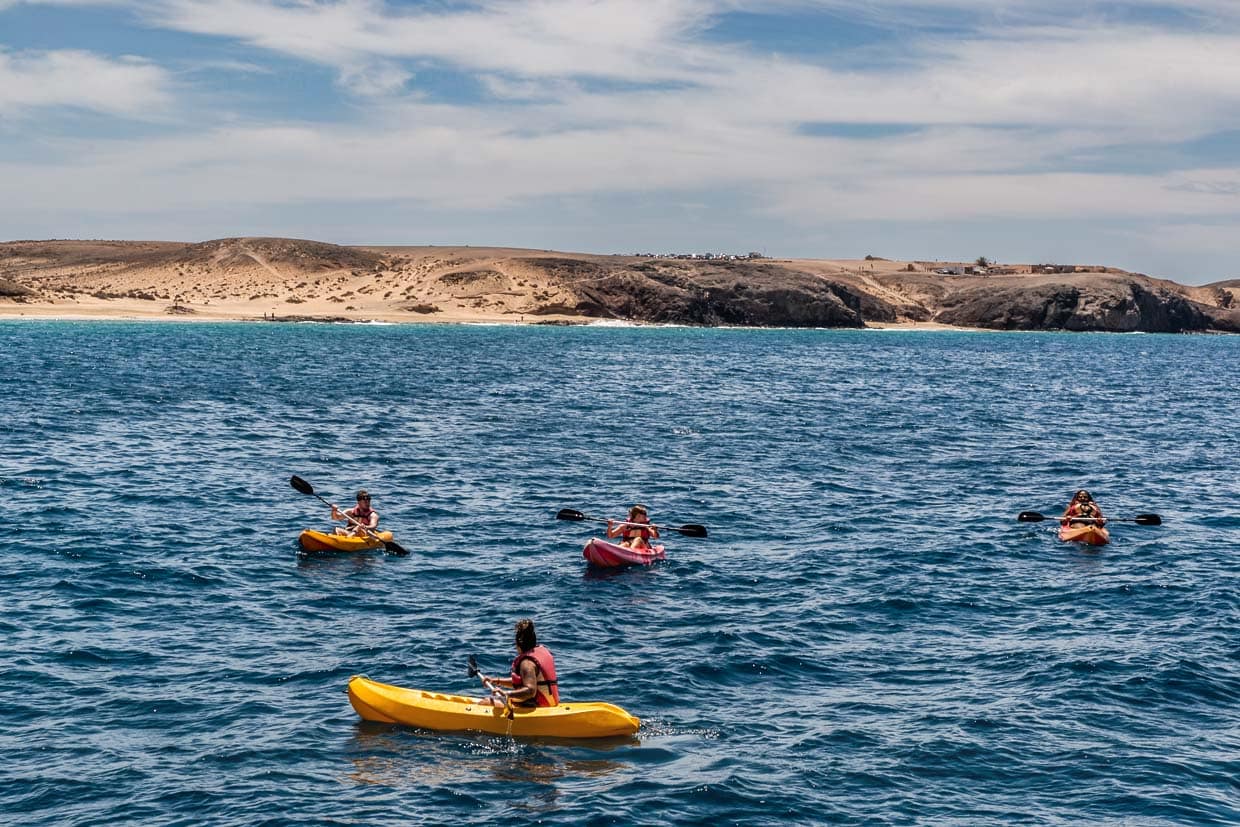
The constant trade winds make Lanzarote a mecca for surfers, kiters and sailors. The spots are deliberately developed with sustainability in mind and water sports are possible all year round. A little away from the tourist areas are the natural beaches of Famara and the neighboring island of La Graciosa.
The research trip was supported by the Spanish Tourist Board


